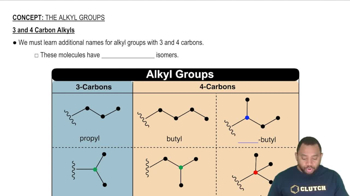Here are the essential concepts you must grasp in order to answer the question correctly.
Radioactive Decay
Radioactive decay is the process by which unstable atomic nuclei lose energy by emitting radiation. This decay occurs at a predictable rate, characterized by the half-life, which is the time required for half of the radioactive atoms in a sample to decay. Understanding this concept is crucial for dating ancient remains, as it allows scientists to estimate the age of organic materials based on the remaining concentration of radioactive isotopes.
Recommended video:
Rate of Radioactive Decay
Half-Life
Half-life is a specific time period in which half of a given quantity of a radioactive substance decays. For carbon-14 (14C), the half-life is approximately 5715 years. This concept is essential for calculating the age of archaeological finds, as it provides a framework for determining how many half-lives have passed since the organism died, based on the ratio of remaining 14C to stable carbon isotopes.
Recommended video:
Carbon Dating
Carbon dating, or radiocarbon dating, is a method used to determine the age of organic materials by measuring the amount of carbon-14 they contain. Since living organisms continuously exchange carbon with their environment, the ratio of 14C to 12C remains relatively constant during their life. After death, 14C decays while 12C remains stable, allowing scientists to calculate the time since death by comparing the current 14C levels to those in the atmosphere.
Recommended video:



